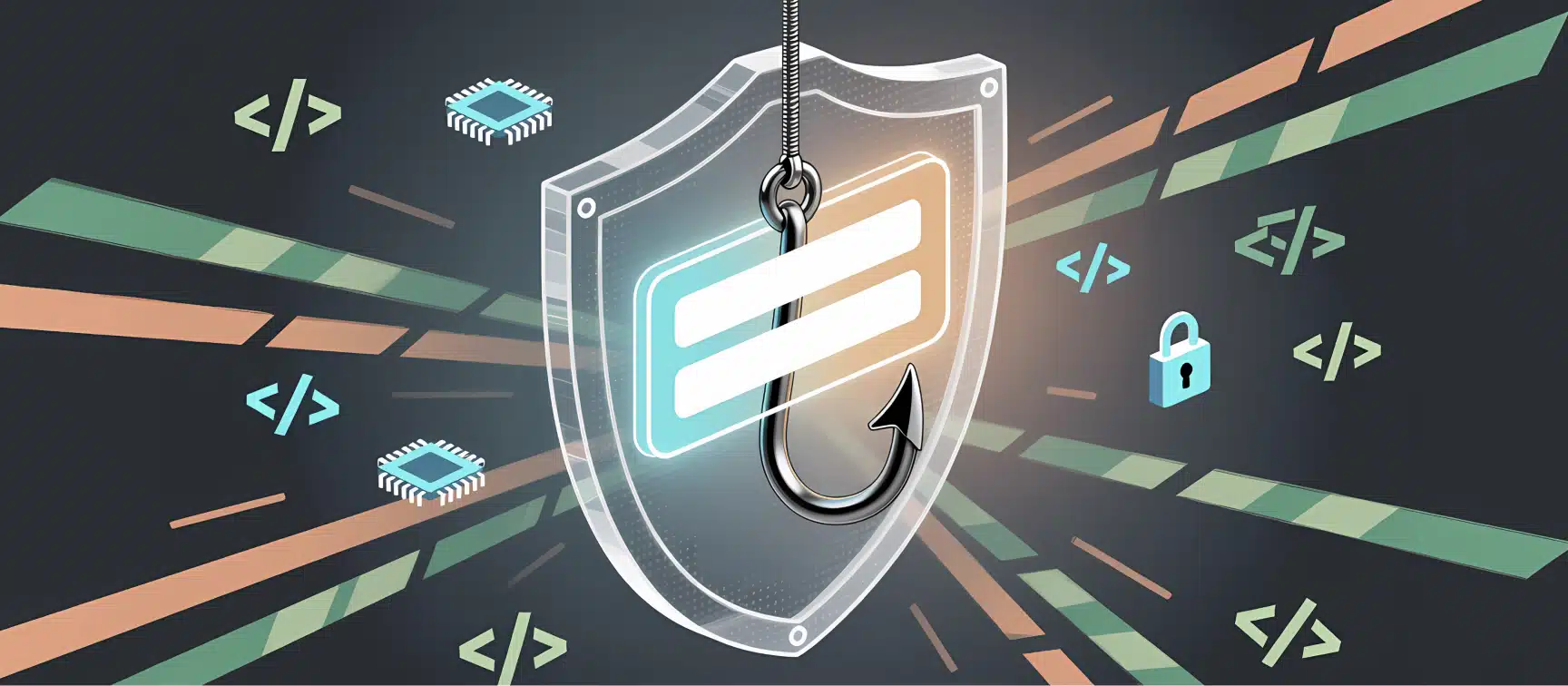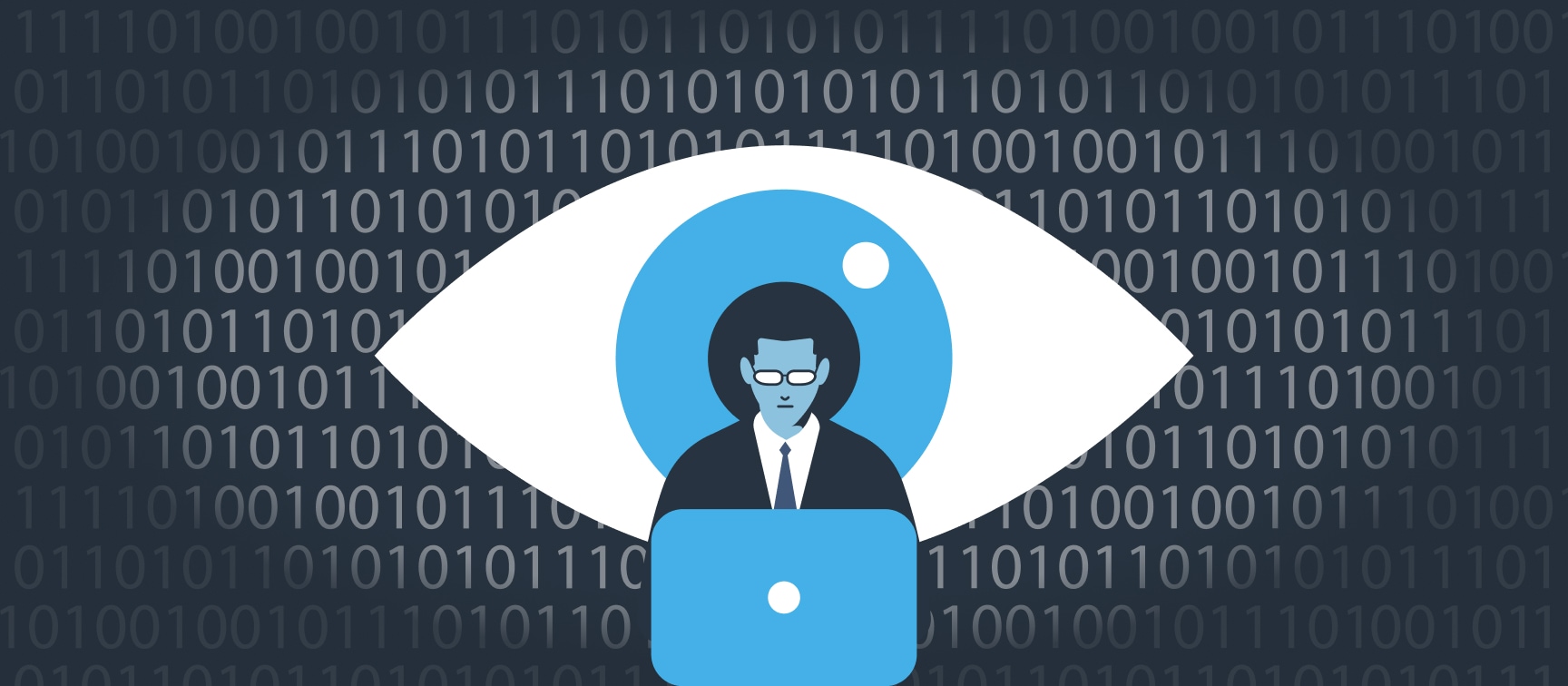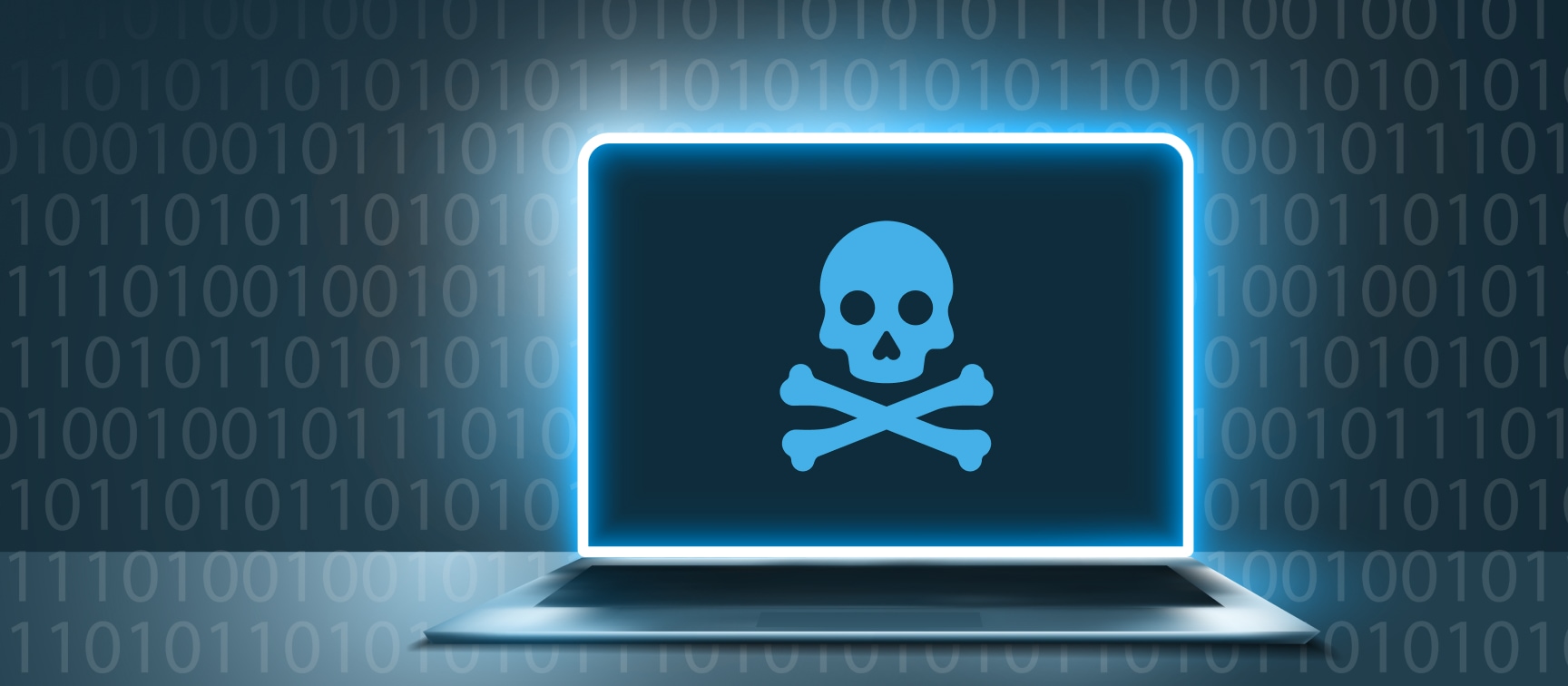How to Monitor the Dark Web for Emerging Cyber Risks
Learn how companies can easily monitor the dark web to collect valuable intelligence about emerging threats.

Is your security team having trouble staying ahead of credential phishing attacks? Well, they’re not alone. According to Hoxhunt’s 2025 Phishing Trends Report, around 80% of phishing campaigns aim to steal credentials. Cybercriminals know that credentials are the keys to unlocking an organization’s networks and systems. And with that access, they can engage in all sorts of malicious activities, from stealing sensitive data to launching further attacks. Thanks to advanced tools like AI and feature-packed phishing kits, cybercriminals can launch sophisticated phishing attacks faster than ever.
Keeping up with determined cybercriminals requires advanced credential phishing prevention solutions — enhanced with real-time dark web monitoring. Security teams need these enhanced tools to detect credential phishing attacks long before attackers gain access to networks and systems.
Not to be confused with credential harvesting, credential phishing is a type of cyberattack that aims to trick victims into divulging their credentials, such as usernames and passwords, to unauthorized third parties. Once an attacker obtains the victim’s credentials, they can use that unauthorized account access to:
In the second half of 2024, credential phishing attacks increased by 703%. This escalation in attacks is largely due to cybercriminals integrating AI and more advanced phishing kits into their phishing strategies. AI makes it easier for attackers to craft messages that persuade victims to provide their credentials and create fake web pages to capture that information. Advanced phishing kits provide nearly everything an attacker needs to create successful credential phishing campaigns. Thanks to these tools (and countless others available on the dark web) criminals continue to enhance and accelerate their tactics for credential phishing attacks.
Cybercriminals employ many different tactics to obtain credentials, including:
Phishing emails are the most common method criminals use to obtain credentials, and they craft each one to look like it comes from a trusted source. These emails often include messaging that creates a sense of urgency for the victim. For example, a message might say something like “we’ve detected suspicious login attempts to your account. Please click here to verify your identity.”
Phishing emails typically contain malicious links or infected attachments (often both). If the victim clicks on a link, they will be directed to a fake login page, or malware (like infostealers and remote access trojans) will download to their computer. Malware could also be deployed if the victim downloads an attachment.
Cybercriminals need a place for victims to enter their credentials if they’re not counting on an email link or attachment to trigger a malware download. That’s where fake login pages and websites come in. AI and advanced phishing kits make it super easy to design and deploy login pages and websites that mirror those of popular brands. When a user tries to sign in, a keylogger captures the login information. Microsoft is currently the most targeted brand when it comes to imitation, accounting for 36% of brand phishing incidents in Q1 2025.
Email phishing has been around for more than 20 years, so many email users are aware of this tactic. However, about 40% of phishing campaigns today extend beyond email. Cybercriminals conduct phishing attacks via voice call (vishing), SMS (smishing) or QR codes (quishing). They also exploit communication platforms like Slack and Microsoft Teams.
A Cybernews study of over 19 billion exposed passwords found that 94% of passwords are reused or duplicated. Credential stuffing takes advantage of this behavior. It involves cybercriminals using automated tools to repeatedly attempt to hack different accounts using the same login information victims have used on other sites. These credentials often come from data breaches, with the leaked data usually finding its way to dark web marketplaces where users can download them in bulk.
The above tactics are specifically related to credential phishing. However, cybercriminals have other ways to steal login information. For example, they could launch a credential replay attack that intercepts and replays login credentials sent from a user to a service. When it comes to infostealers, emails are not the only way attackers deliver them. They can also infect legitimate websites with malicious code and deploy malvertising that triggers downloads of infostealers.
Cybercriminals today have access to technologies and tools that allow them to launch better credential phishing campaigns and more of them. Security teams need to use advanced phishing prevention techniques to stay ahead of attackers.
Most enterprises have expert teams who are familiar with common phishing threats, and they’ve already taken steps to prevent employees and customers from becoming victims. For example, these teams might require everyone to use multi-factor authentication (MFA) or have added single sign-on (SSO) to websites and apps. A growing number of organizations are putting stronger phishing prevention measures in place, such as phishing-resistant MFA and passwordless authentication.
While implementing these security measures can help to an extent, none of them are attack proof. Without more advanced security capabilities, companies are vulnerable to severely damaging credential-based attacks. Consider this phishing attack incident.
In February 2024, Change Healthcare, a payment processor for the healthcare industry, was hit by a ransomware attack deployed by the ALPHV/Blackcat ransomware group. The group gained access to Change Healthcare’s systems from credentials obtained through a phishing attack. They stole protected health information for 190 million individuals before encrypting the company’s systems. UnitedHealth Group (parent company) paid $22 million in ransom, but the hackers didn’t return the stolen data.
Enterprises (and all companies really) face a rapidly growing number of increasingly sophisticated credential phishing attacks. The complexity and speed of these attacks make it difficult for teams to detect and mitigate them. To do that, they need advanced cybersecurity solutions, such as:
This involves searching for cyber threats or ongoing malicious activity that could be hidden in a network. The hunter searches through networks, endpoints, logs, and indicators of compromise (IOCs) to identify malicious activities that evade automated security defenses. Threat hunting also involves looking at sources on the dark web for suspicious and high-risk intelligence. This security approach enables teams to identify early indicators of attack (IOAs) and prepare mitigation strategies as soon as possible.
CTI is the process of collecting and analyzing data from various sources and then transforming it so organizations can gain actionable insights into new and evolving cyber threats. CTI data comes from many places, including internal security logs, threat data feeds, hacker forums, and dark web marketplaces. By conducting data-driven cyber threat intelligence, companies can better understand cyber attackers’ motives, targets, and behaviors. They can take steps to protect the organization from potential cyber threats emerging now or in the future.
SIEM is a security solution that combines security information management (SIM) and security events management (SEM) to provide organizations with a comprehensive view of their security posture. It collects and analyzes security data from various sources, including applications, network devices, firewalls, and servers. The solution aggregates all the data into one platform, applying predefined rules and algorithms to detect and identify unusual patterns and activities in real time. A SIEM enables security teams to quickly detect, investigate, and respond to incidents.
These solutions allow security teams to implement advanced credential theft prevention strategies and react to incidents effectively when they occur. However, they typically lack the ability to monitor illicit online platforms where cybercriminals trade stolen credentials. For a truly proactive strategy for credential phishing prevention, teams need to enhance these solutions with real-time dark web monitoring.
Dark web monitoring involves systematically scanning the hidden internet, collecting and analyzing data from various sources, including hacker forums, paste sites, and dark web marketplaces. By collecting and analyzing massive volumes of diverse data from dark web sources, organizations can uncover potential security threats, stolen data, and illegal activities.
Real-time dark web monitoring enhances credential theft prevention solutions in several ways:
Security teams can incorporate real-time dark web monitoring into threat hunting, CTI, and SIEM solutions to deploy truly proactive approaches that detect, identify, and prevent cyber threats. With a powerful dark web monitoring tool, like Webz.io’s Lunar, enhancing these security solutions, teams can thwart phishing attacks that lead to leaked and compromised credentials.
Lunar allows teams to search through the largest database of dark web data and receive actionable alerts on a wide range of threats, including compromised credentials. It allows security teams to take a proactive approach to preventing cyber threats, protecting organizations from significant operational, monetary, and reputational damage.
Strengthen your defenses against credential phishing. Contact Webz.io’s cyber experts to learn more.
Credential phishing is a type of cyberattack that aims to trick victims into divulging their credentials to unauthorized third parties. Once an attacker gets hold of the victim’s credentials, they can use that account access to steal data, drain monetary funds, engage in fraudulent activities, or launch additional attacks by deploying malware.
Real-time threat monitoring helps prevent credential phishing by continuously scanning dark web data sources, detecting leaked credentials before threat actors can take advantage of them. It also identifies compromised credentials and correlates them with IOCs which helps teams predict and plan for credential-based cyberattacks.
Types of credential harvesting malware include:
Start by looking at the sender domain. Check for a misspelled (e.g., Amaz0n.com) or public (e.g., @Gmail.com) domain. Is the sender asking you to log in by clicking a link? Hover over the link to see the URL. If the URL looks suspicious, don’t click it. Credential phishing emails often include messages that convey a sense of urgency, like “log in now to prevent your account from closing.”
A credential replay attack involves three main phases. First, the attacker captures the credential data in transit using a tool like a packet analyzer (aka packet sniffer). Next, they copy the captured data to a storage tool, like a portable flash drive or cloud storage. Finally, the hacker resends the intercepted data to the network. Security teams can protect primary networks from credential replay attacks by implementing tools, such as firewalls, SIEM, and intrusion prevention systems (IPS).

Learn how companies can easily monitor the dark web to collect valuable intelligence about emerging threats.

Discover how dark web monitoring helps detect malware and phishing, protecting businesses from emerging cyber threats

Learn about the key threats you should be monitoring on the dark web to protect your business or organization.